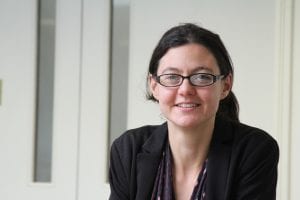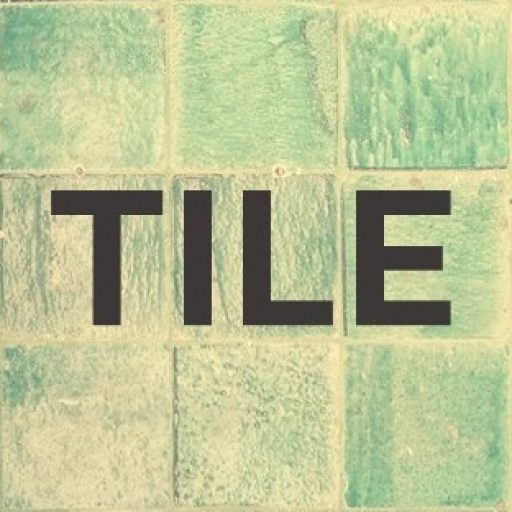 We are delighted to interview Daisy Christodoulou as part of our TILE Summer Series. Daisy, welcome to TILE! Can you briefly introduce yourself to our readers?
We are delighted to interview Daisy Christodoulou as part of our TILE Summer Series. Daisy, welcome to TILE! Can you briefly introduce yourself to our readers?
I am the Director of Education at No More Marking, a provider of online comparative judgement. I work closely with schools on developing new approaches to assessment. Before that, I was Head of Assessment at Ark Schools, a network of 35 academy schools, and before that, a secondary English teacher. I am the author of Seven Myths about Education and Making Good Progress? The future of Assessment for Learning.
You have written a book on myths in Education (“Seven Myths About Education”). Can you highlight two of the myths and explain why they are problematic in educational settings?
The first myth in the book is ‘facts prevent understanding’. People often draw this false dichotomy between facts and understanding, as though facts drive out understanding. But the truth is that facts enable understanding. To realise why, we need to look at research from cognitive science. Over the last fifty years, scientists have discovered more and more about how we think and learn, and this new evidence disproves some of the common ideas that are out there about how we learn. Perhaps the most important aspect of this research is about how we all rely on our working memories and long term memories in order to think, and about the relationship between working and long term memory. Our working memories are limited and can hold only 4 – 7 new items of information at any one time. You can see this if you are asked to memorise a random string of digits – most people normally can’t manage more than 6 or 7 in one go. But our long-term memories are vast and don’t have these limits. There is no known way of expanding working memory, but we can cheat its limitations by storing facts in long-term memory and calling on them when needed. This is why it is so important to memorise the times tables, for example, even though we all have calculators on our phones. When pupils are confronted with a complex multi step maths problems, it overwhelms working memory. They are at risk of forgetting the beginning of the problem before they get to the ending! If on top of all these steps pupils have to stop to look up basic number facts, it slows their thinking down even further. The importance of long-term memory is so great that one group of researchers have gone so far as to call it ‘the seat of all human intellectual skill’. That’s why facts matter – they are what enable us to understand the problems we meet in every day life, and they free up the precious and limited resources of working memory to grapple with the new information in these problems.
Another related myth is myth four: ‘you can always just look it up’. You hear this a lot nowadays – given that we all have smartphones, why do we need to remember things? Why can’t we just outsource it to Google? But again, it goes back to the importance of long-term memory. Looking things up on Google imposes a cognitive cost – it takes up some of that precious space in working memory. We need those facts in long-term memory, not out in the cloud. Imagine trying to read a novel and having to look up every third word in the dictionary, or online. It’s clearly going to be much harder for you to extract meaning (or indeed enjoyment!) from that process compared to someone who has the knowledge of all those words stored in long-term memory.
Your most recent book “Making Good Progress?” revolves around the idea to make assessment in schools more time-efficient and simultaneously increase its benefits for pupils? This sounds like a wonderland scenario. Can you describe concrete ways on how to make this happen?
Comparative judgement is a very good example of how you can reduce the time you spend marking but end up with better results. It works because the human mind is much better at making comparative judgements than absolute judgements. And yet traditional marking operates on the absolute judgement model. With absolute judgement, you look at individual essays one at a time and attempt to grade them absolutely against a mark scheme. With comparative judgement, you look at two essays alongside each other and decide which the better essay is. If you and your colleagues make enough decisions like this, the comparative judgement algorithm is able to combine all of those decisions and use them to come up with a measurement scale for every essay. This method of assessment goes with the grain of how the human mind works, which is why it provides more reliable results in less time than traditional absolute judgement marking.
Another useful technique is to replace written comments with whole class feedback. Typically, if you read a set of scripts that all have a problem with tense, you end up writing at the bottom of them all ‘you need to be more consistent with tense’. Writing these comments out takes a long time, yet they are not very effective because it is hard for a pupil to know what to do with that information. With whole-class feedback, instead of spending a lot of time writing vague comments, you read the scripts and use what you’ve learnt from reading them to replan the next lesson, e.g. you would plan a lesson that features activities on making the tense consistent across a story. This is quicker and also more effective as it means the pupils are actually closing the feedback loop by changing their behaviour in response to what you’ve found out.
What would be your most important tip for someone who is just starting teaching?
As hard as it is, try and keep a work-life balance! Being exhausted and overstretched is no good for you or your pupils.
Thanks so much for the interview and good luck with your work! Daisy Christodoulou can be followed on Twitter: @DaisyChristo


Recent Comments